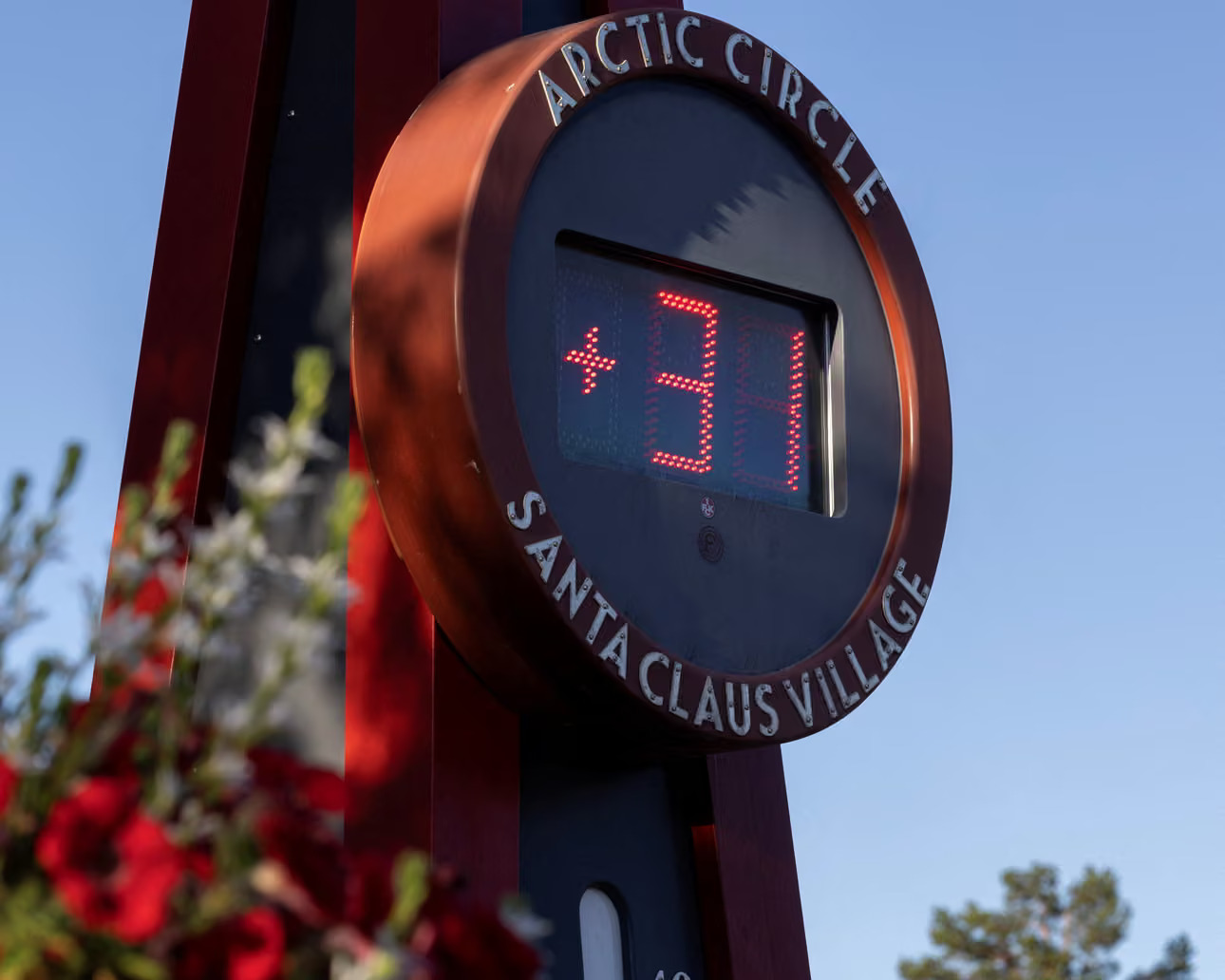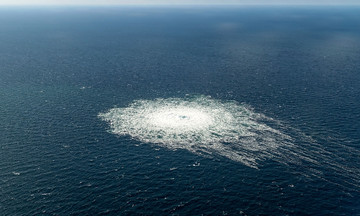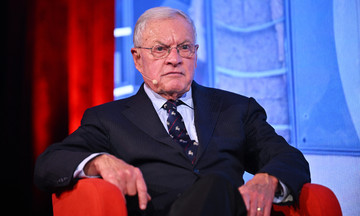A weather station in Norway's Arctic Circle region recorded temperatures above 30°C for 13 days in July, while Finland endured three weeks of 30°C-plus heat.
Scientists say this is the longest heatwave since records began in 1961, 1.5 times longer than the previous record. Typically, daytime temperatures in northern Europe during summer are around 20-25°C.
"An unprecedented heatwave is in full swing, with today's highest temperatures around 32-33°C," Mika Rantanen, a climate specialist at the Finnish Meteorological Institute, posted on social media on 31/7. "Even Arctic regions have seen three weeks of temperatures above 25°C."
A weather station in Haparanda, northern Sweden, recorded 14 days of temperatures above 25°C, while the heatwave in Lappland has lasted 15 days.
 |
A temperature display in Rovaniemi, Finland, in late July. Photo: Reuters |
A temperature display in Rovaniemi, Finland, in late July. Photo: Reuters
The heatwave began sweeping across northern Europe in mid-July when warm ocean currents off Norway and a high-pressure system pushed temperatures 8-10°C above the seasonal average.
The hot weather has taken northern Europeans by surprise. An ice rink in northern Finland opened this week to offer residents a place to cool off. Local emergency rooms have been overwhelmed, and some people reported their reindeer were at risk of heatstroke.
Tourists have traveled north to Scandinavia to "escape the heat," Swedish media reported.
"As climate change progresses, these extremely harsh heatwaves will become more frequent, severe, and longer," said Heikki Tuomenvirta, an expert at the Finnish Meteorological Institute.
Duc Trung (Guardian, Reuters, AFP)












